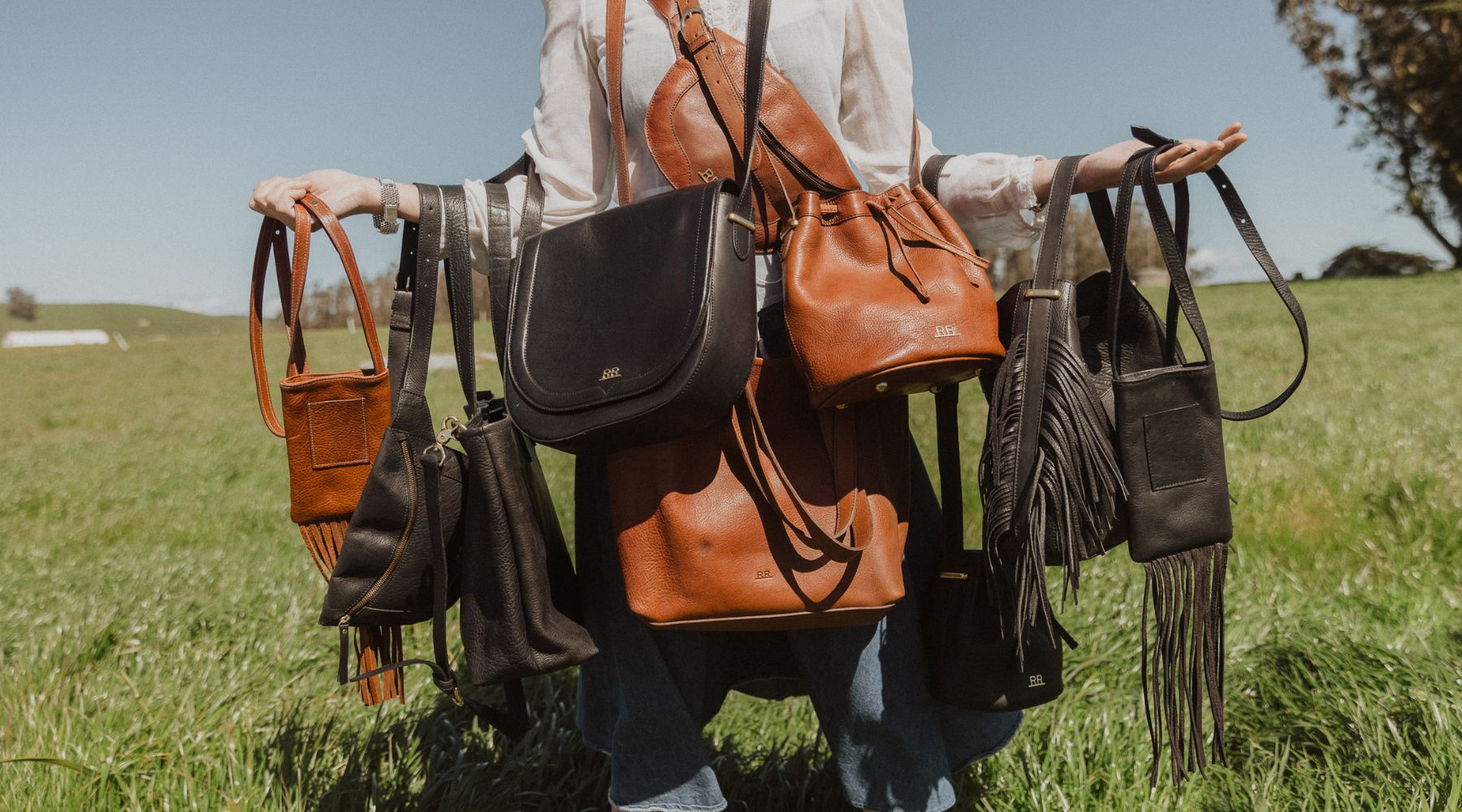
Building a Capsule Wardrobe: A Philosophy of Intentional Dressing
Range Revolution’s pared-back philosophy of intentional dressing, built on pieces with presence.
There comes a moment when dressing becomes less about discovery and more about recognition. When you're no longer assembling a wardrobe for who you might become, but for who you already are. This shift marks the difference between fashion as performance and clothing as extension of self—a quiet confidence that comes from knowing what works and why.
The capsule wardrobe emerges from this understanding. Not as minimalism for its own sake, but as intentionality brought to life. It's a system built on the premise that quality of choice matters more than quantity of options, and that true style is found not in accumulation, but in curation.

What Makes Something Essential
The word "essential" gets thrown around freely these days, but authentic essentials aren't universal—they're deeply personal, shaped by your geography, your work, your rhythms.
They're the pieces that prove themselves through use, not through trend reports. Your true essentials reveal themselves through repetition.
The jacket that's draped over your chair three nights a week.
The boots that carry you through both morning meetings and evening walks.
The bag that holds your life without complaint.
These pieces earn their place not through aspiration, but through reliability. Building a capsule wardrobe begins with this honest inventory:
- What do you actually reach for?
- What performs without fuss?
- What feels like you—not the you that fashion magazines project, but the you that exists in real life?
- What pieces do you wear three times a week without thinking about it?
The most functional wardrobes are rarely dramatic, they're built on pieces that work quietly, consistently, across contexts. The magic isn't in the individual pieces—it's in how they speak to each other, creating a coherent visual language that feels effortless because it's deeply considered.

Building a Capsule Wardrobe
A capsule wardrobe typically contains 30 to 40 pieces—not a rigid prescription, but a working range that allows for both variety and restraint. Remember, this isn't about arbitrary limitation; it's about finding the sweet spot where you have enough options to feel creative but not so many that decision-making becomes paralysis.
The foundation includes:
- Base Layer (8-10 pieces): Tops that layer seamlessly—think natural fibers in neutral tones with varied textures and collar structures. These are the workhorses that anchor every outfit.
- Bottoms (4-6 pieces): A mix that covers your life's demands. Well-fitted denim, tailored trousers that dress up or down, perhaps a skirt or wide-leg pant that brings softness to the system.
- Structure Pieces (3-4 pieces): The elements that add architecture—a blazer that means business, a work jacket that bridges casual and formal, a coat that makes a statement without saying a word.
- Knits (2-3 pieces): One fitted, one relaxed. Wool when possible, for its natural ability to regulate temperature and resist odor.
- Dresses/One-Pieces (1-3 pieces): The complete thoughts—pieces that solve the dressing equation in a single gesture.
- Footwear (3-4 pairs): A boot for authority, a flat for endurance, something that splits the difference.
- Outerwear (1-2 pieces): Protection that doesn't compromise style.
- The goal isn't to fill these categories mechanically, but to understand their function within your life. For example, a software engineer in Seattle needs different base layers than a gallery owner in Santa Fe. Climate, profession, and personal aesthetic should guide every decision.
Why Materials Matter More Than Trends
In an era of fast fashion and synthetic fabrics engineered for disposability, choosing natural materials becomes both a practical decision and philosophical statement:
Cotton breathes.
Wool regulates.
Linen relaxes with wear.
Leather develops character.
These materials don't just perform—they improve with time, developing the kind of patina that tells a story. Synthetic fabrics, by contrast, are designed for obsolescence. They trap odor, resist repair, and degrade with each wash. A polyester shirt may feel fine at purchase, but six months later, it's lost its shape and gained a permanent smell. Natural fibers, properly cared for, can last decades.
This isn't environmental virtue signaling. The true cost of a garment includes not just its purchase price, but its cost per wear over its lifetime. A wool sweater that lasts ten years costs less per wear than three synthetic sweaters that last two years each. Quality is the economy, stretched over time.
For leather goods, origin story matters. Regenerative ranching practices that restore soil health and support biodiversity transform what was once waste into something valuable. When you choose leather from these sources, you're supporting a system of restoration rather than extraction. Your accessories become part of a larger story about stewardship and responsibility.

Accessories That Actually Work
In a capsule wardrobe, accessories aren't decorative afterthoughts—they're functional necessities that must earn their place through daily utility. They're the pieces that take the most abuse and should be built to handle it.
A structured tote that maintains its shape under pressure. A belt that works with both denim and tailoring. A wallet that opens smoothly after two years of pocket wear. The best accessories become invisible through their competence—you don't think about them until they fail. When it comes to choosing accessories, allow yourself to prioritize form following function.

Building Over Time
The most radical aspect of building a capsule wardrobe is its relationship to time. A true capsule wardrobe isn't assembled in a weekend shopping trip — it's accumulated over years, with each addition carefully considered for its ability to enhance the whole.
This slow approach prevents impulse purchases and allows for proper research into quality and sourcing. It gives you time to understand what you actually need versus what you think you want. When you invest in fewer, better pieces, maintaining them becomes both practical necessity and personal satisfaction.
Featured Brands
- Mens Poncho - Indigofera
- Hat - Havstad Hat Co
- Shirts - COED Collective




Leave a comment
This site is protected by hCaptcha and the hCaptcha Privacy Policy and Terms of Service apply.